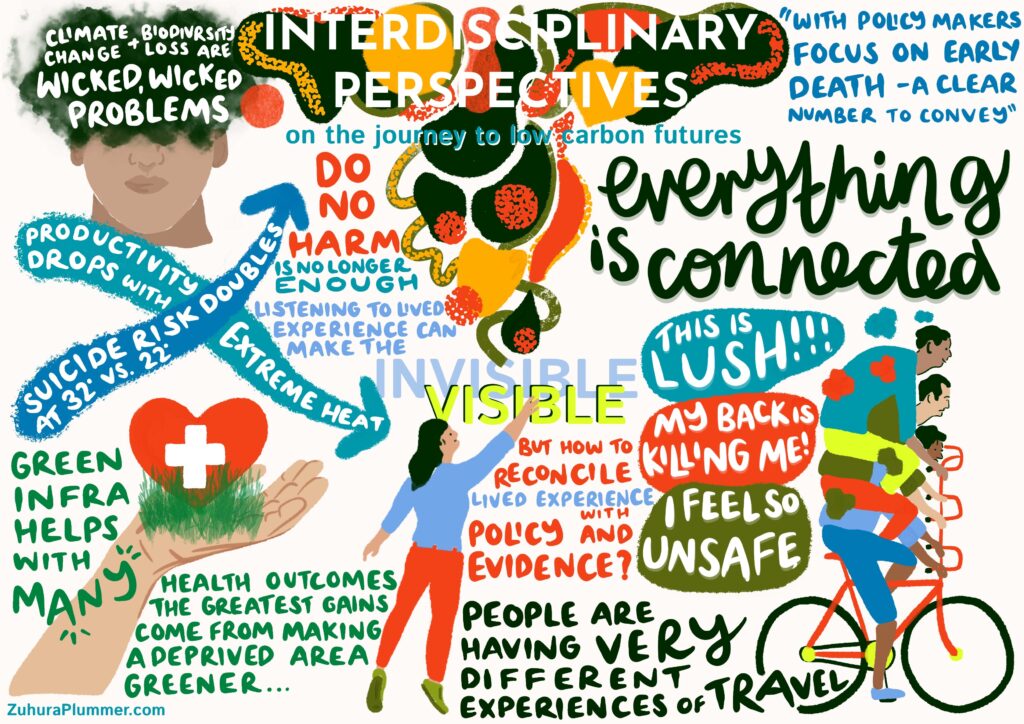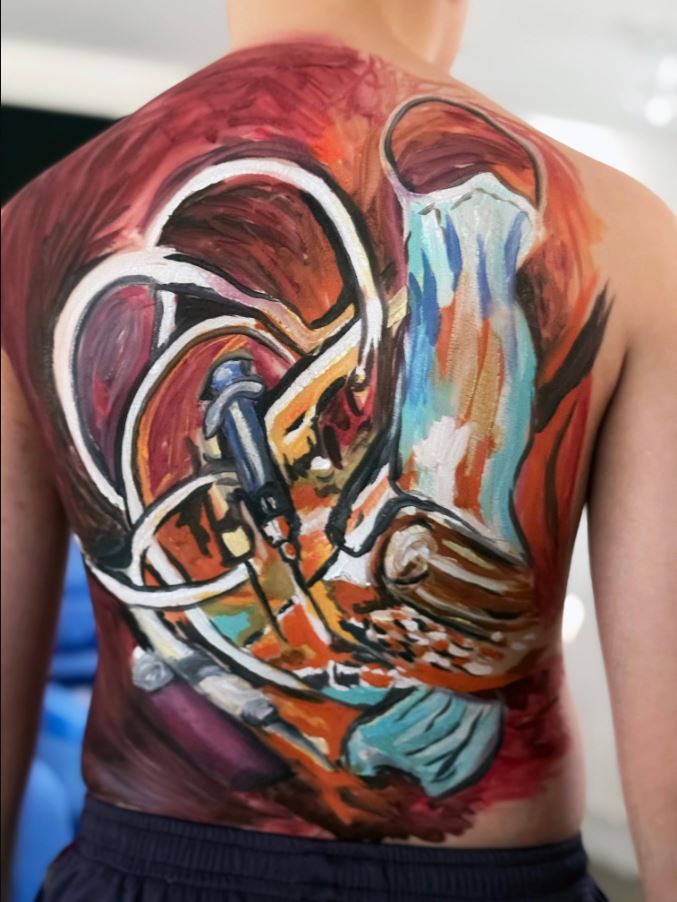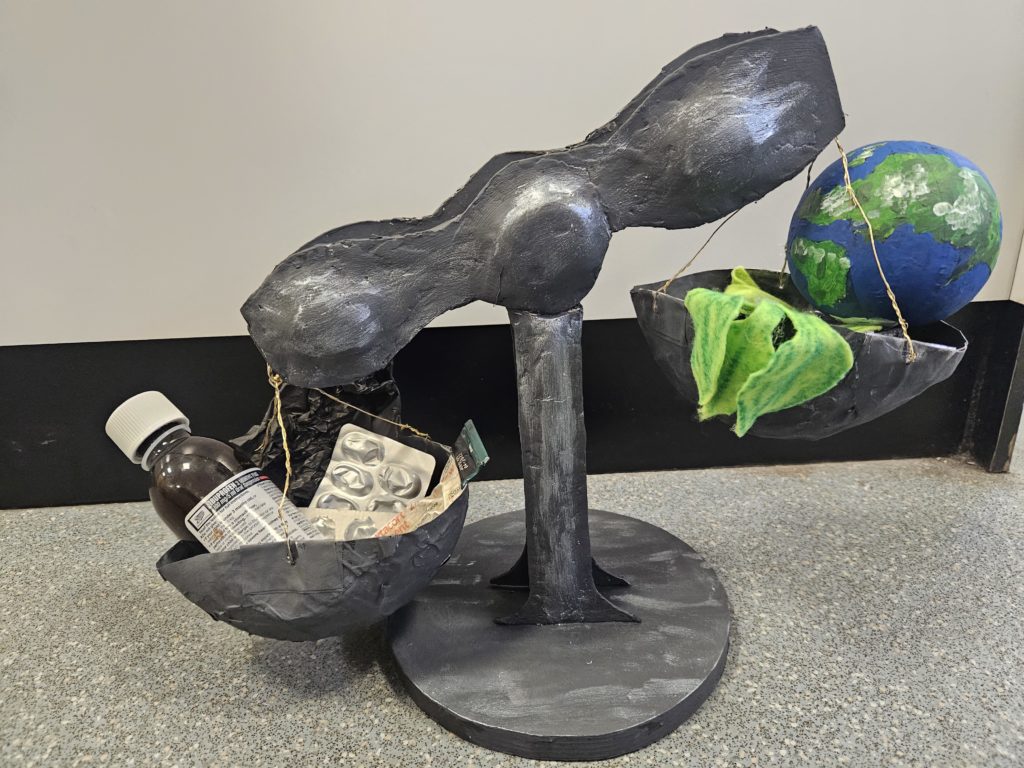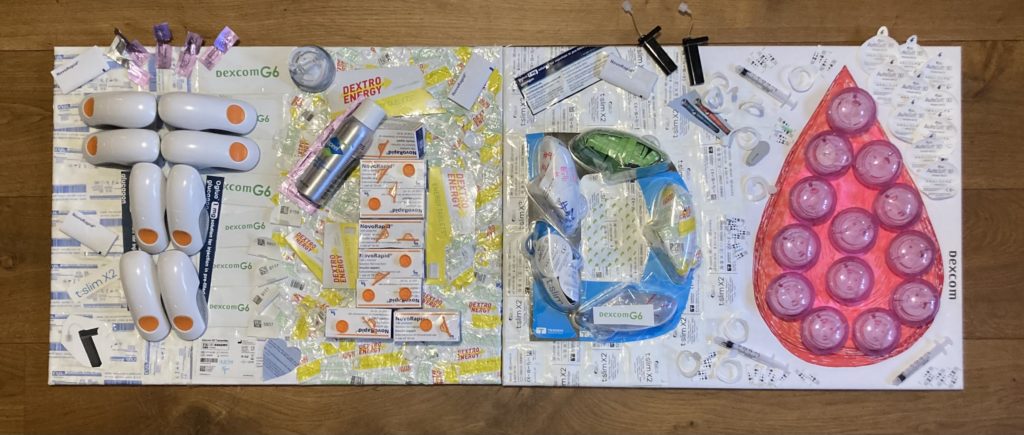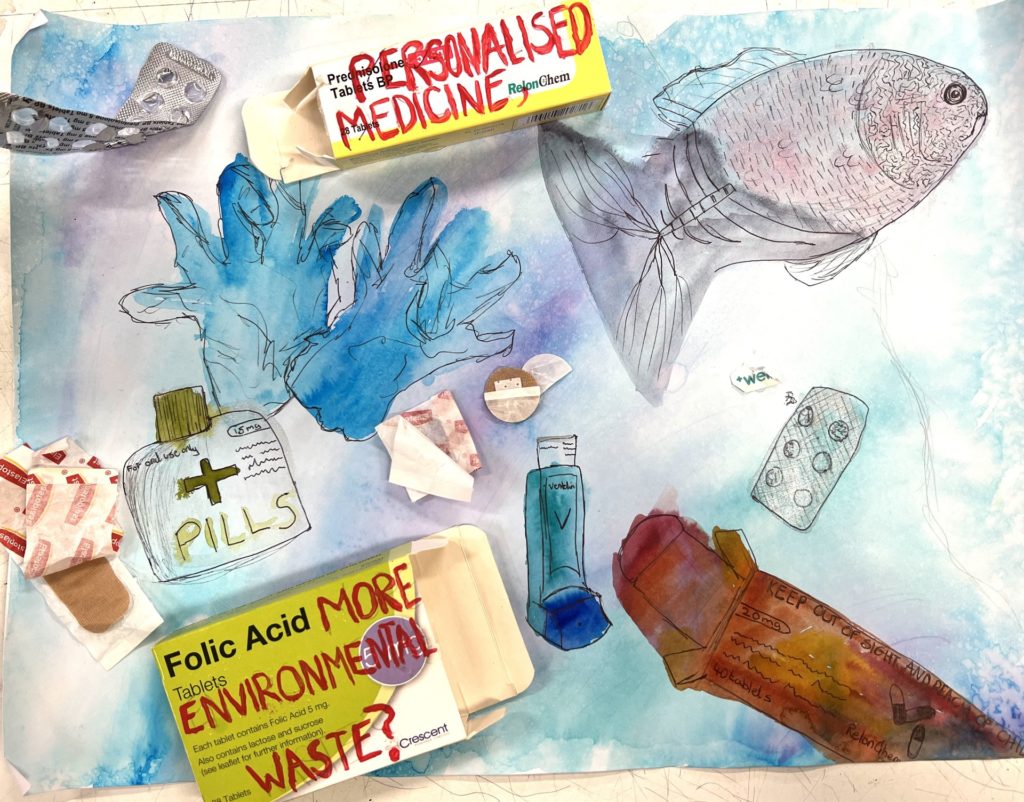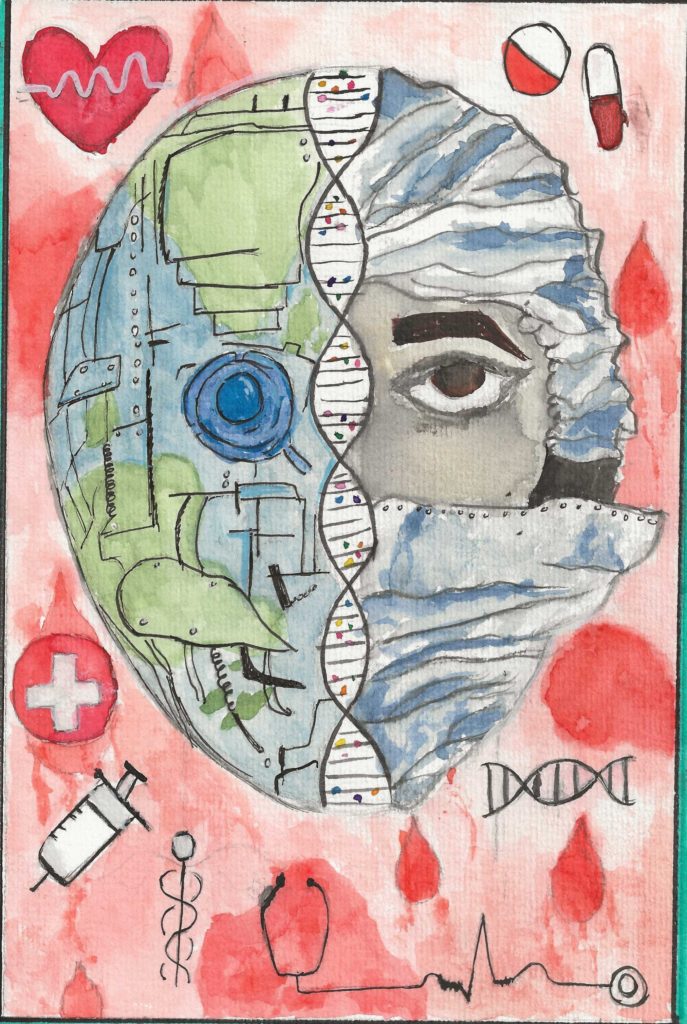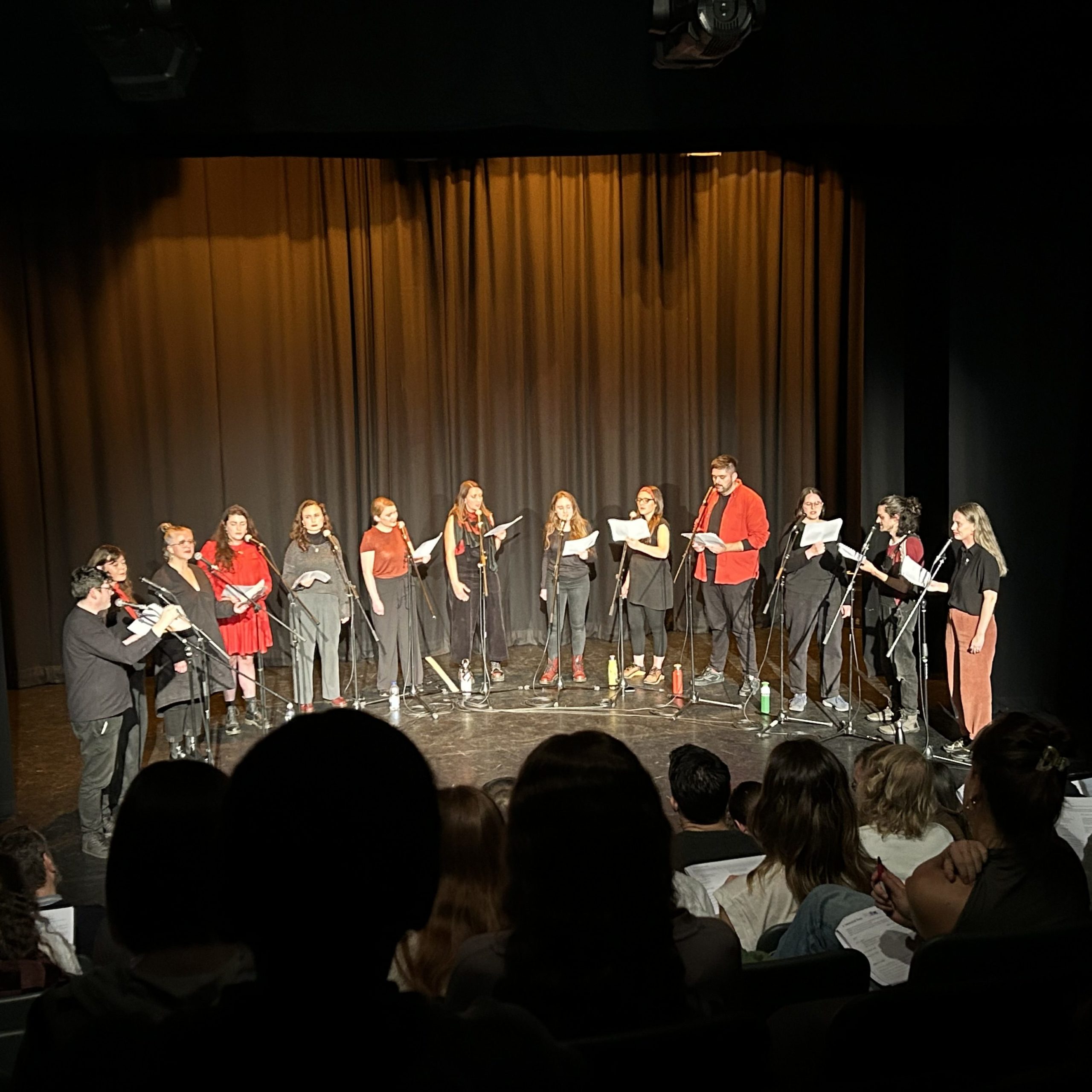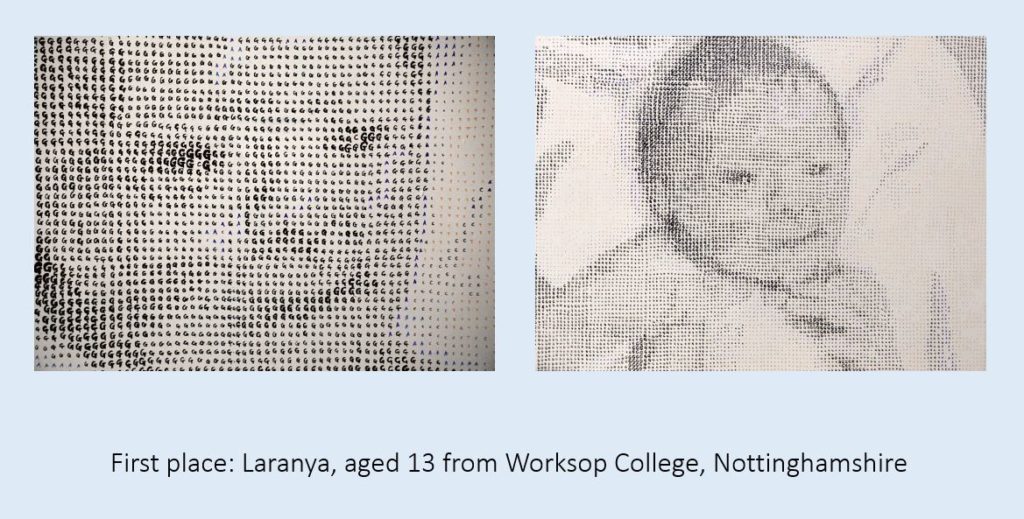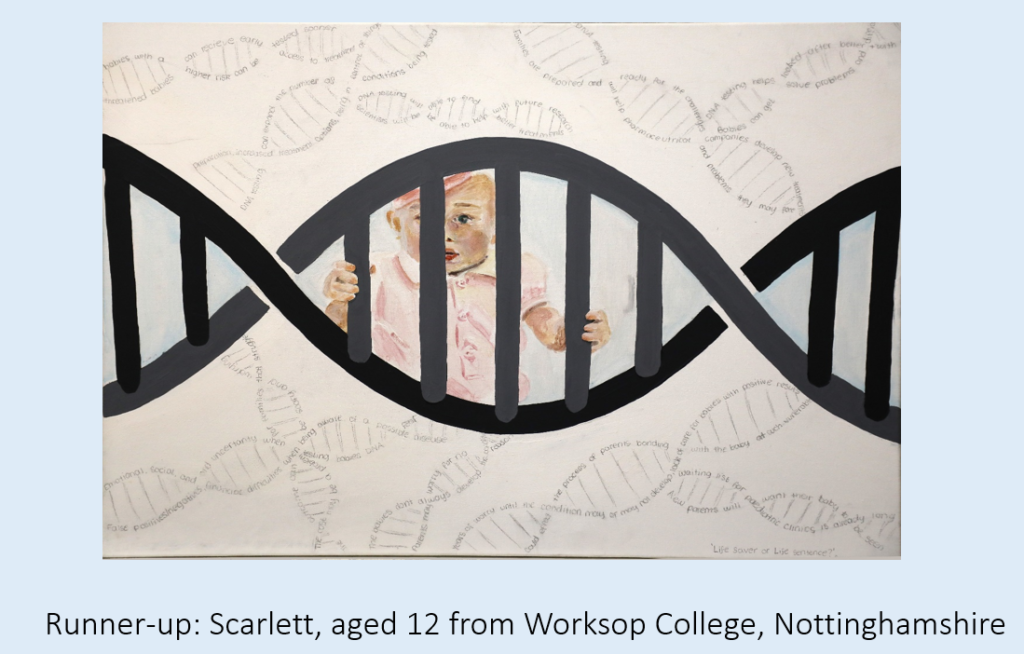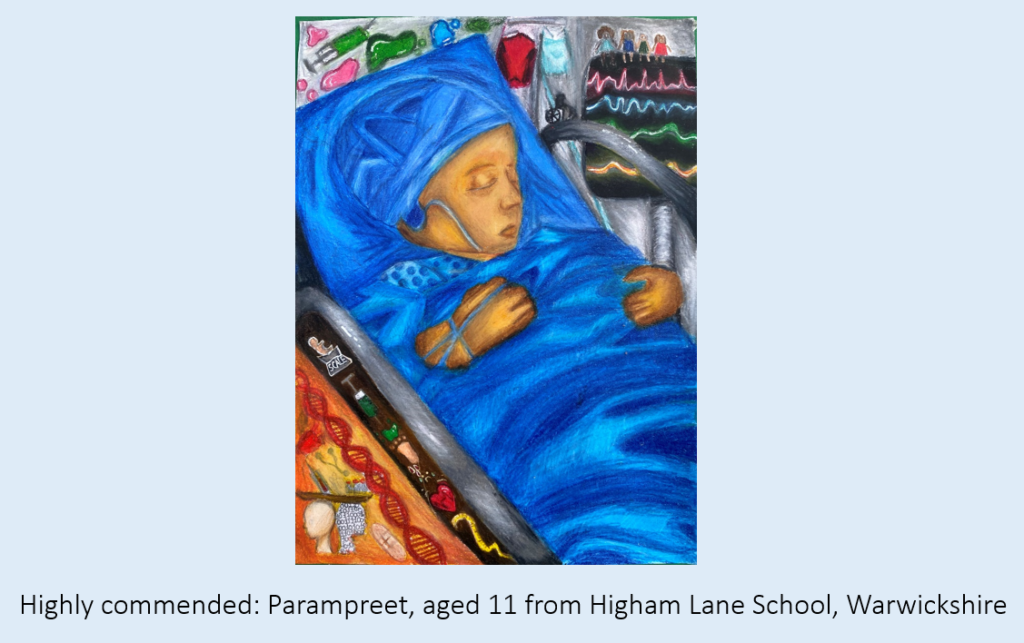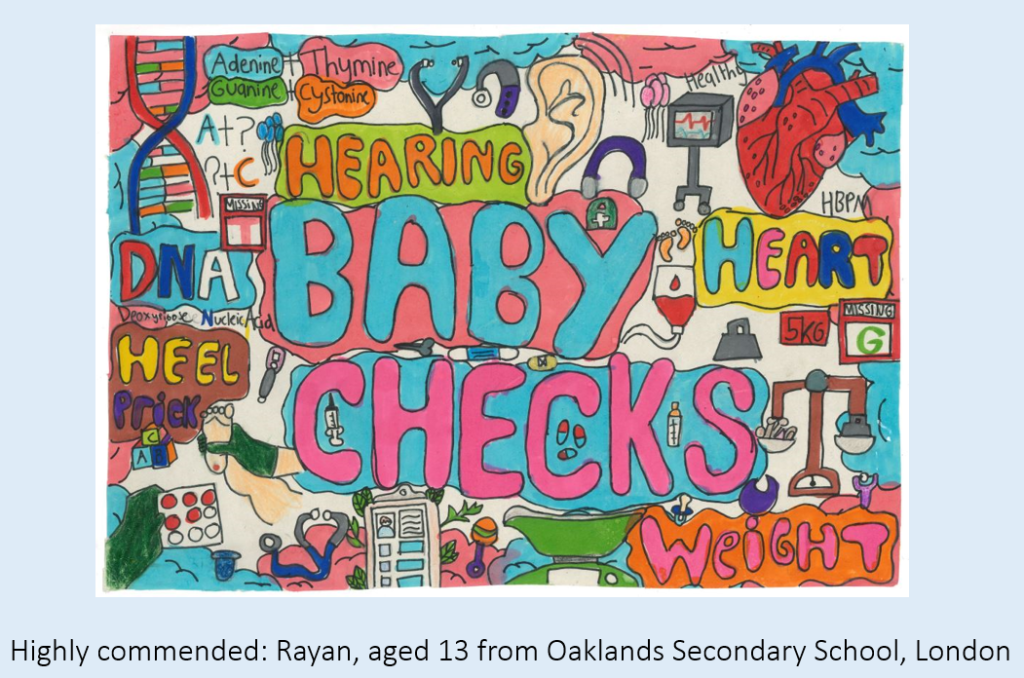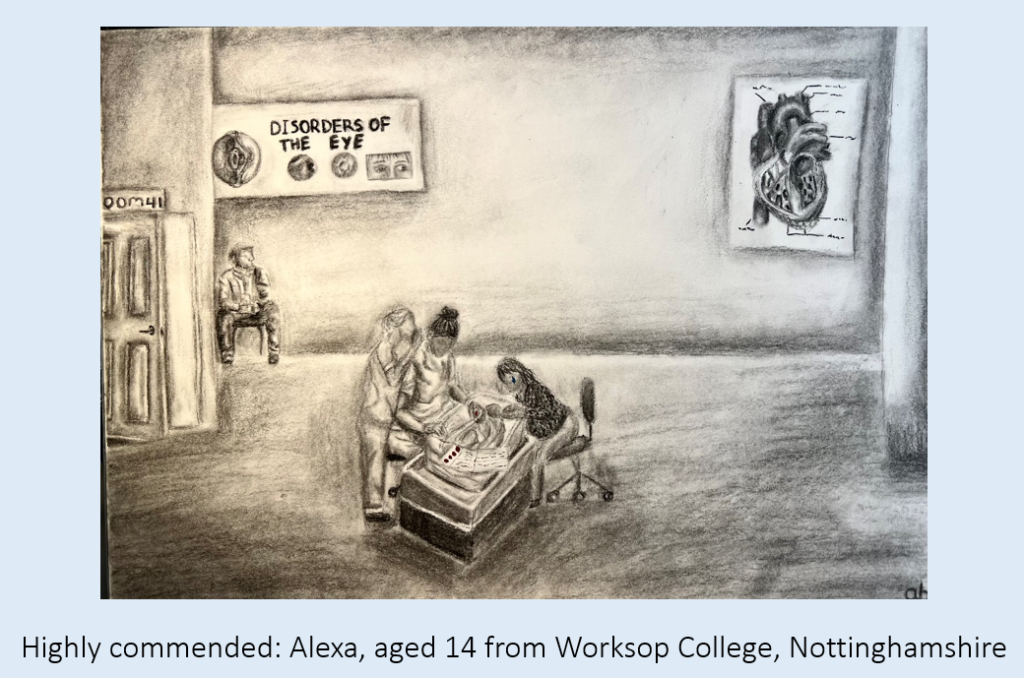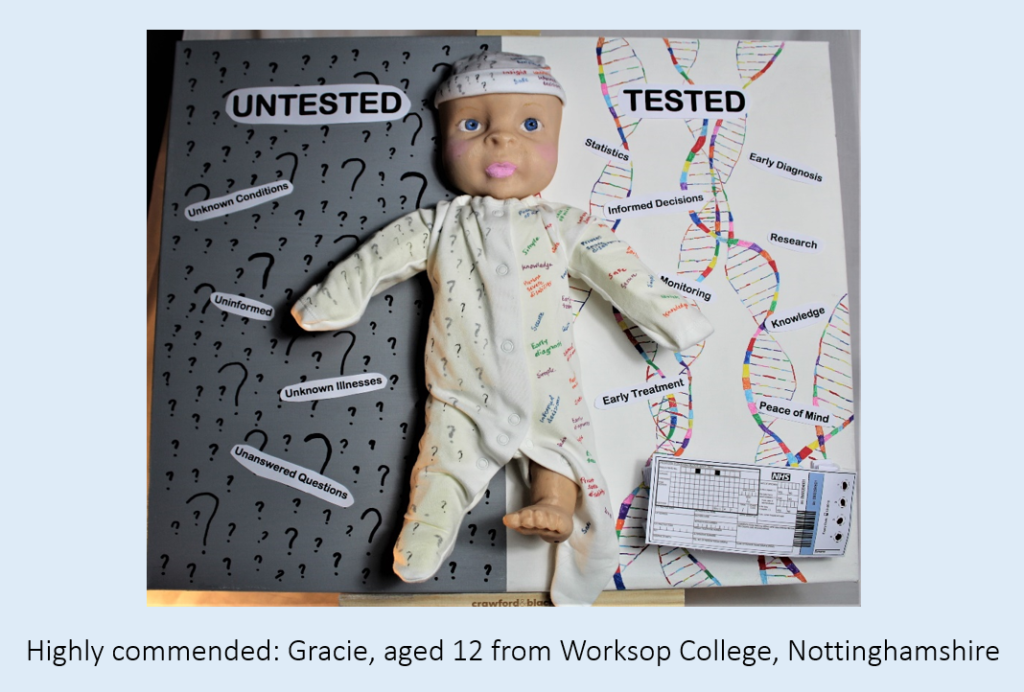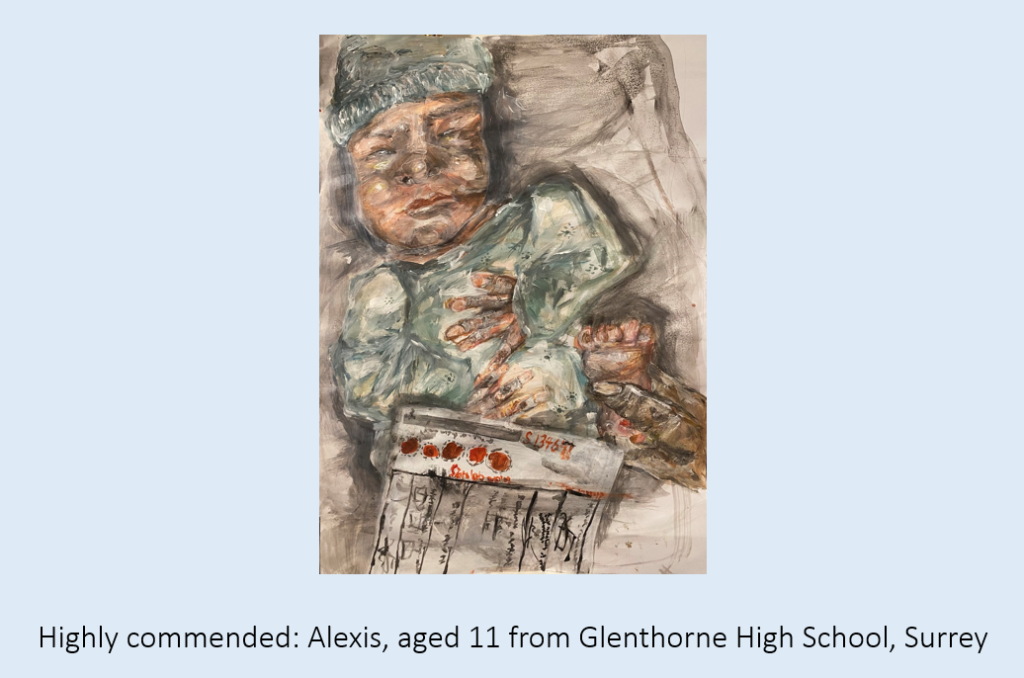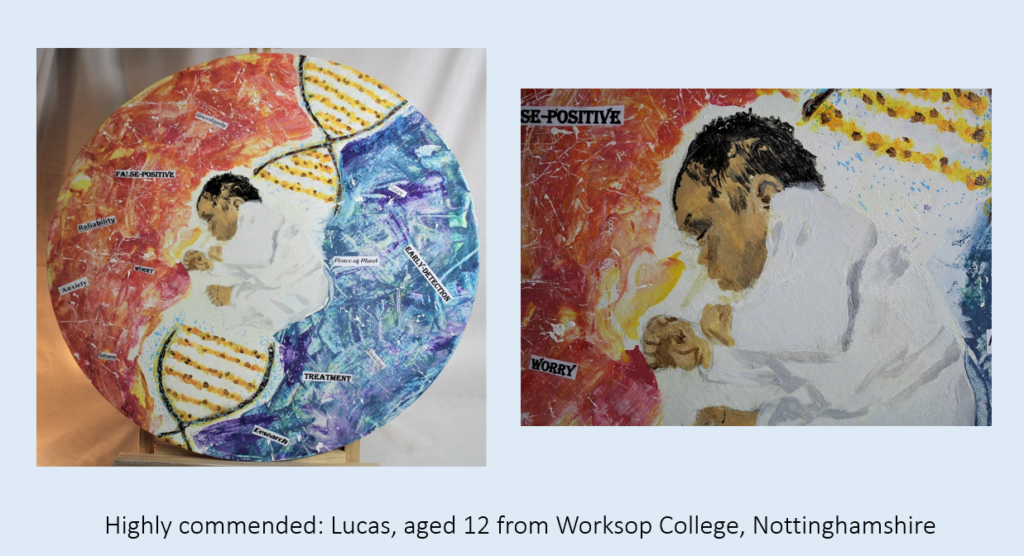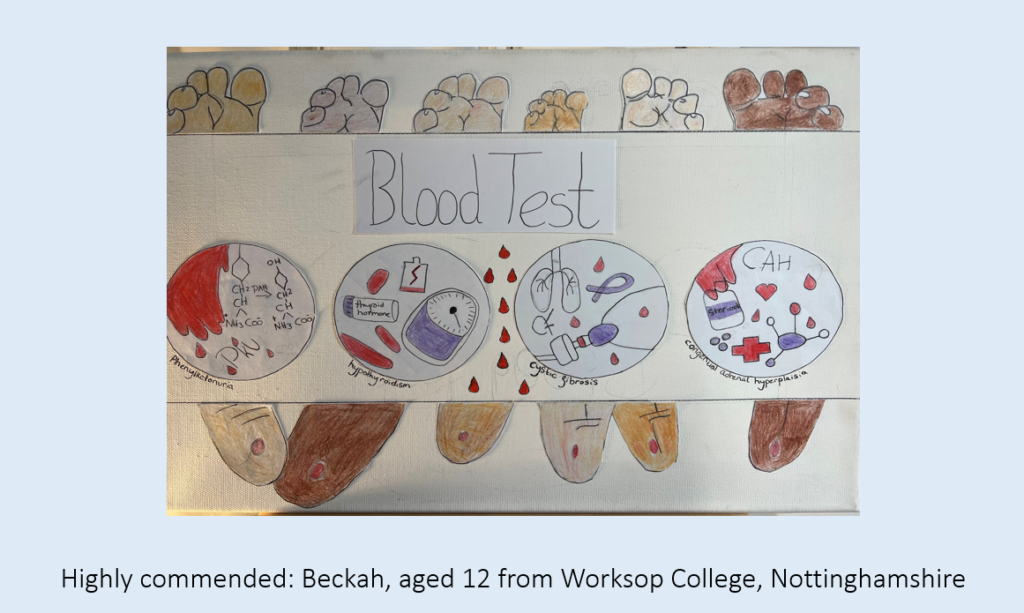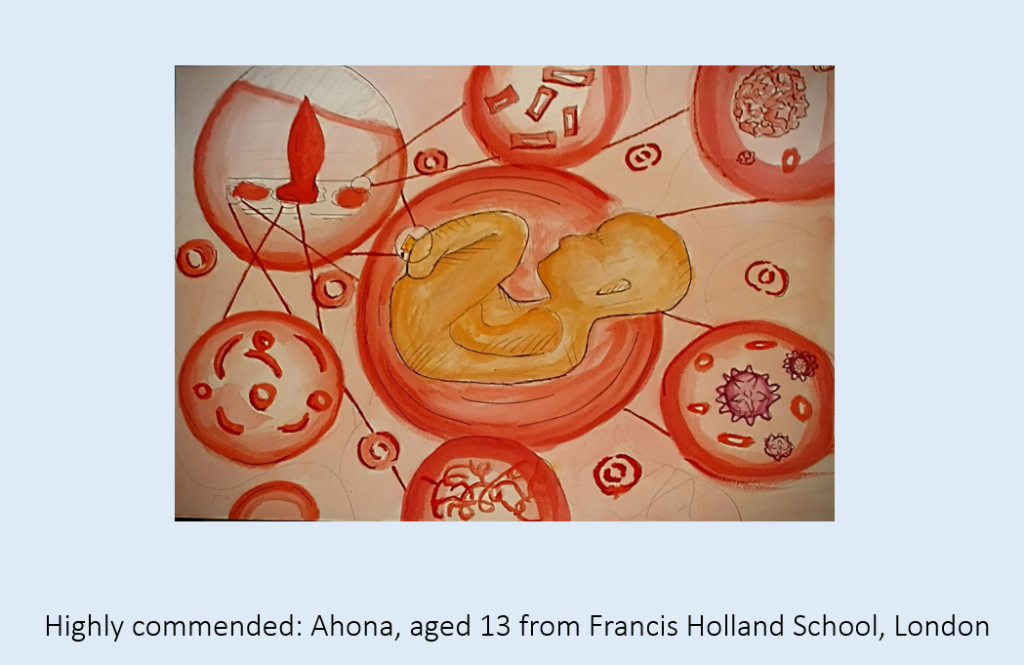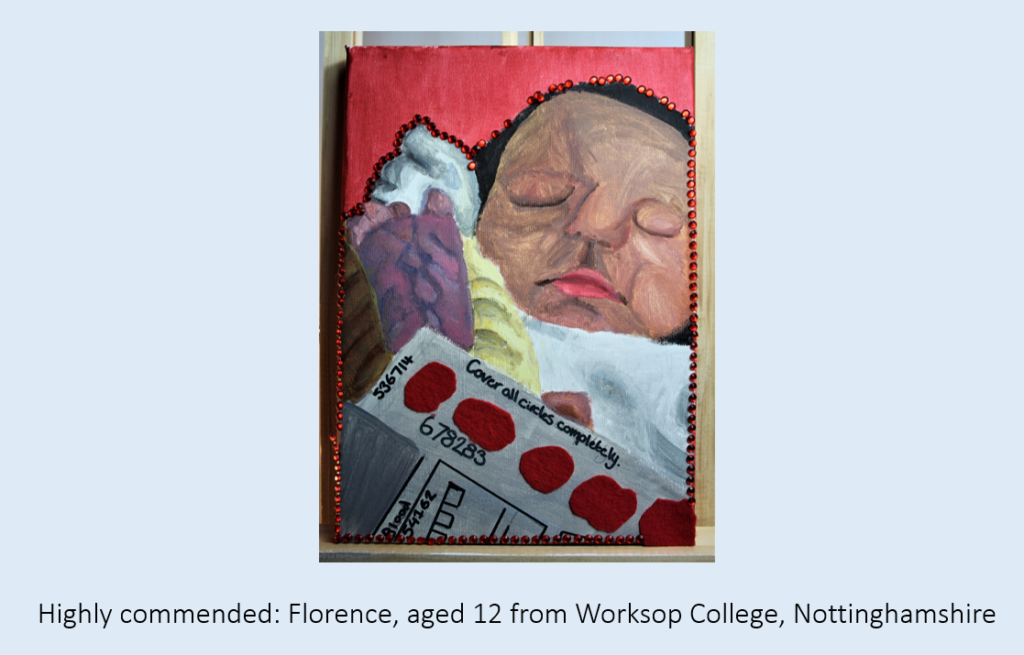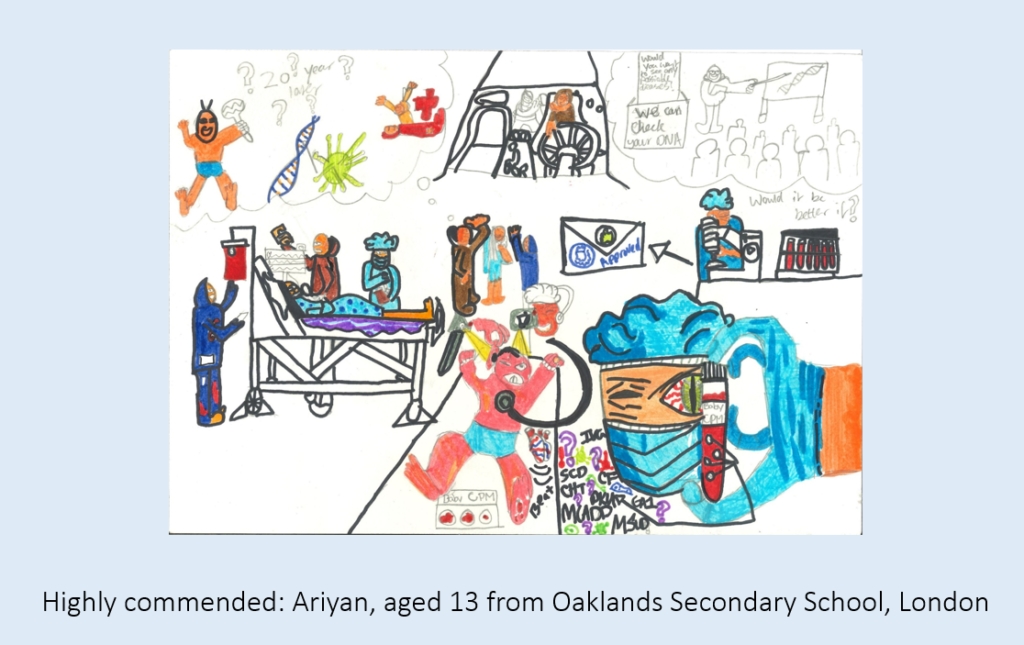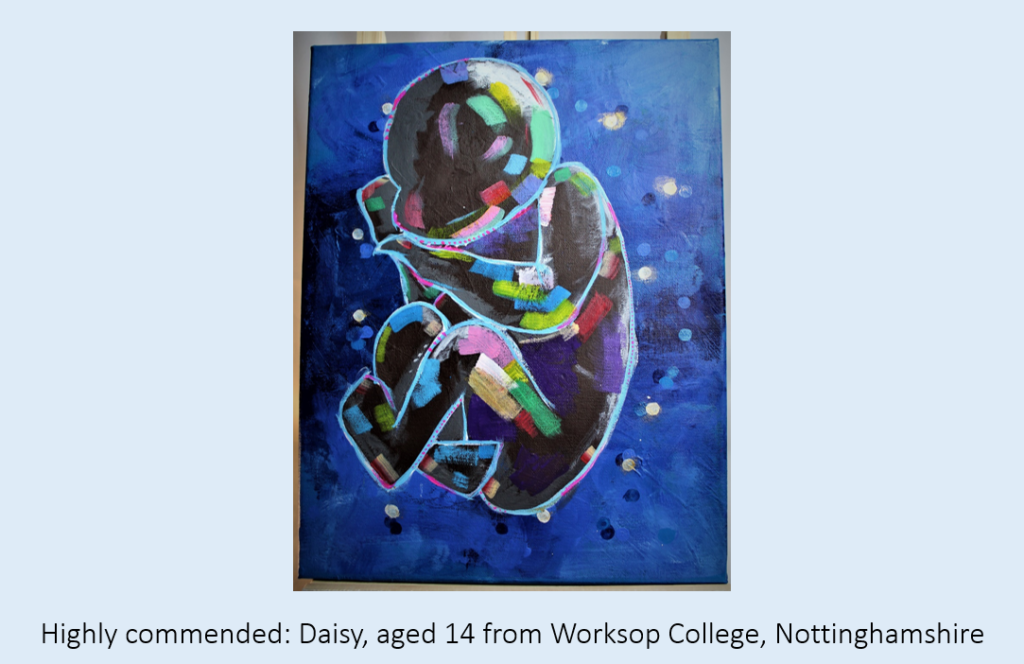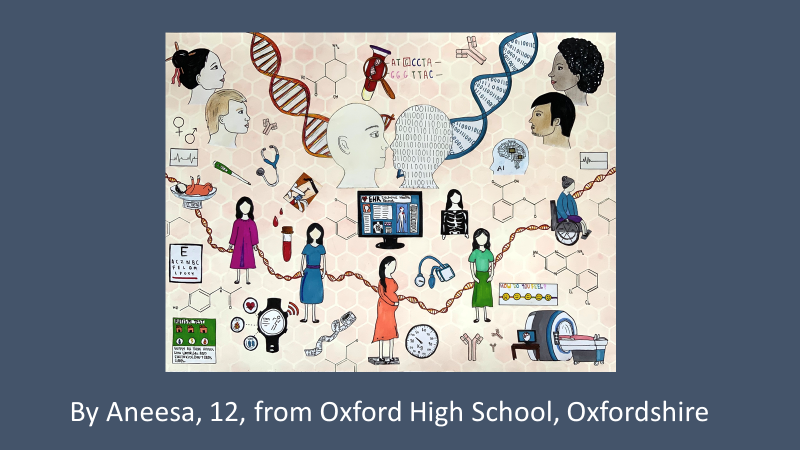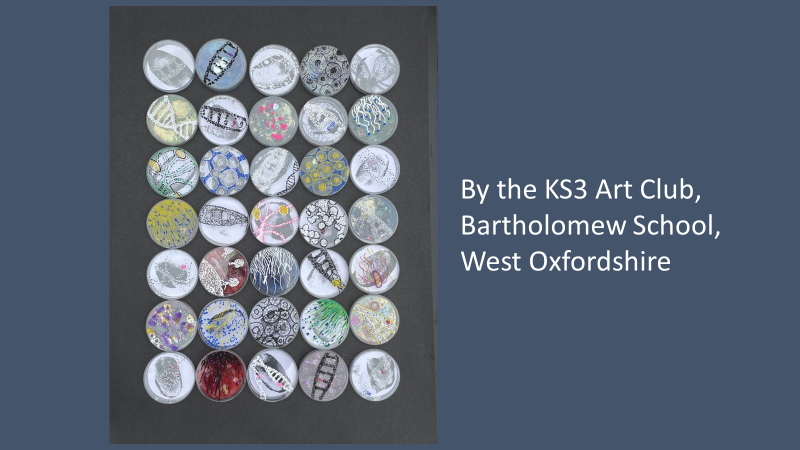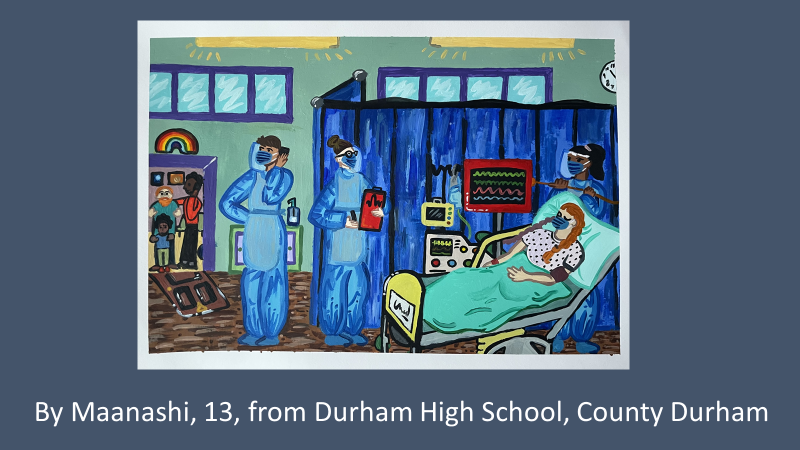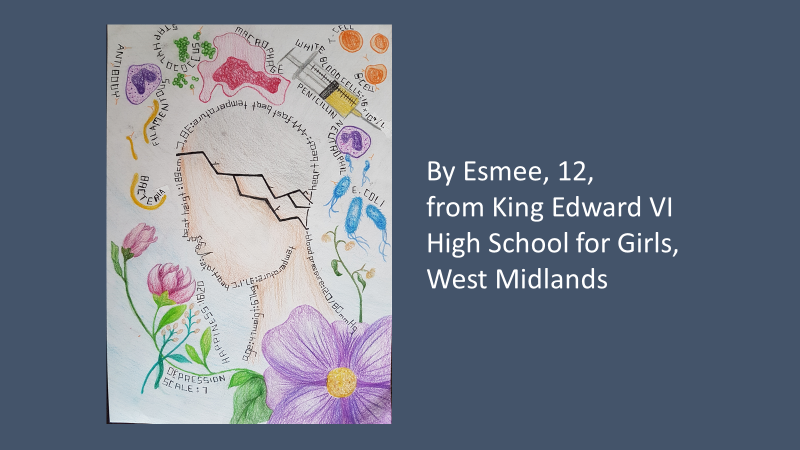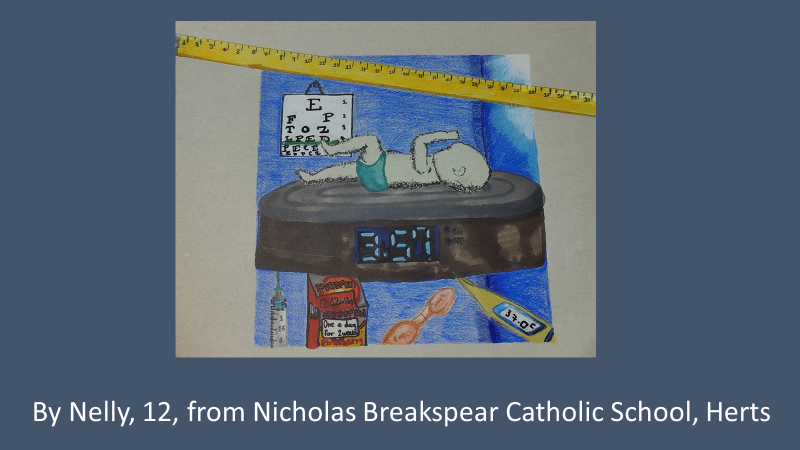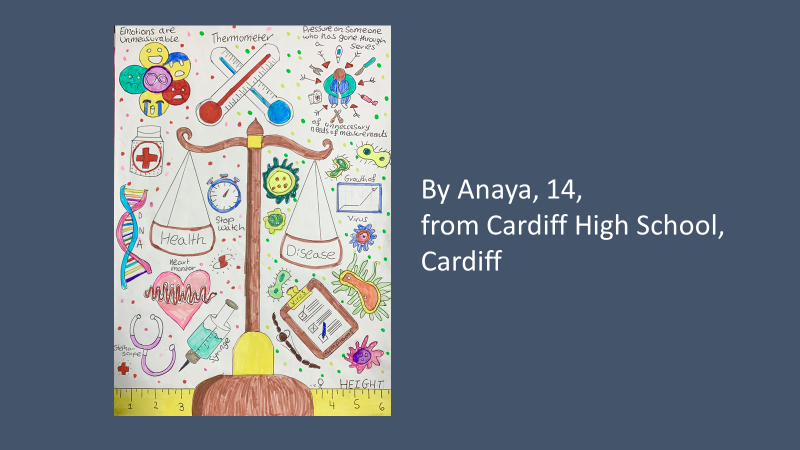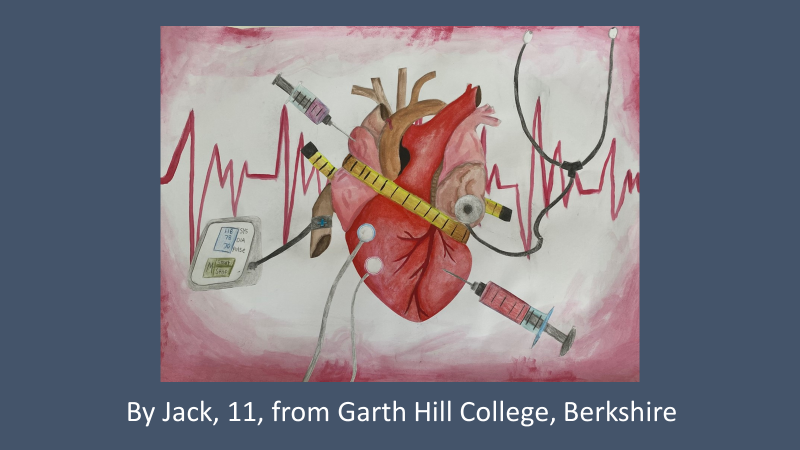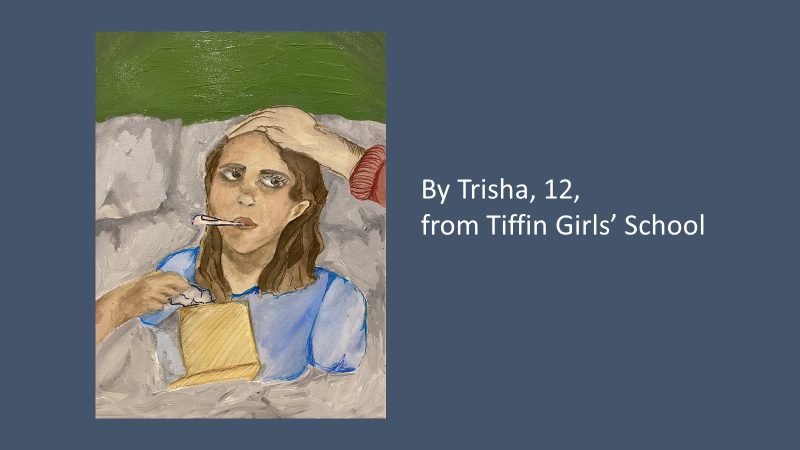Thinking Outside the Box: Navigating Ethnicity in Genomic Medicine
As part of CPM’s collaboration with the South East and Central & South Genomic Medicine Service Alliances, funded by the NHS Race and Health Observatory, we hosted an event in June 2025 that brought together:
- members of Patient and Public Involvement and Engagement (PPIE) groups
- representatives of patient support organisations,
- healthcare professionals, and
- genomic laboratory scientists
We explored how identity descriptors, such as ‘ethnicity’, are used in healthcare, with a focus on genomic medicine. Genomic medicine has two reasons to be interested in identity descriptors:
- to monitor access to services and ensure that all groups have the opportunity to benefit from them, and
- to support the interpretation of genomic data, since the ancestral origins of a person influence the patterns of variants in their genetic code.
Our research with NHS consultants, scientists and nursing teams has suggested that identity descriptors can be challenging to use in practice. This is partly because it can be difficult to know how to ask the question; how to record the information given; and then to use it appropriately for variant interpretation. The latter in turn is difficult since ethnicity is a social construct that incorporates so much more than genetic ancestry. It can also mean different things to different people. When we ask someone about their ethnicity, they might think of their place of birth or their place of upbringing, their nationality, culture, race, or even religion. The same label can mean different things in different places and people’s identities are often more complex than any drop-down menu can capture (as we explain in more detail in our podcast).
Using a method called ‘public switching’, our aim for this event was to hear directly from public participants, particularly patients and support groups with a wide range of experiences, to understand how ethnicity classifications operate in practice. Public switching brings diverse public voices into the earliest stages of shaping solutions and challenges top-down ways of tackling complex social problems (Dunlop et al., 2023). We presented some perspectives from healthcare professionals’ from our research to prompt participants to reflect on their own experiences with ethnicity in clinical settings and to understand how such data collection might be improved. Ahead of the day, we provided an orientation pack to the participants, outlining some of the key challenges around how ethnicity is asked about and recorded.
In the first half of the day, participants explored inclusive ways of asking about and recording ethnicity and co-created questions that were then shared with a panel of scientists, healthcare professionals and policy experts later in the day.
Session 1: Buttons, boxes and real-world dilemmas
We began with a ‘button exercise’. Participants chose a button that represented an aspect of their identity and explained its significance. This opened early conversations around self-perception and diversity.
Next, groups explored personal and collective experiences using two activities:
1. Using cardboard cubes, participants wrote down the various labels they had received in healthcare settings, how those labels made them feel and what might be missing from those descriptors. These cubes captured a wide range of lived experiences: being stereotyped, mislabelled, dismissed or boxed into inaccurate categories. Participants shared feelings of mistrust linked to historical legacies and frustration at inaccessible or assumption-driven systems. They also reflected on the double-edged nature of labels: they can sometimes validate and connect, but they can just as easily exclude or harm.
2. Working in groups, participants then discussed a real-world healthcare scenario, raising questions about the ethics of categorisation, whether identities should be chosen from a list or written in freely, and how political sensitivities, confidentiality and consent can be properly addressed. Participants also considered the implications of categories whose meanings shift between geographical regions and the broader challenge of respecting identity narratives in healthcare and research.
Session 2: Turning lived experience into ‘what next?’ questions
In the second session, participants developed questions based on earlier discussions, considering different target audiences such as researchers, clinicians, or policymakers.
These questions asked, for example:
- How can ethnicity data collection be co-designed with the communities it describes?
- What support do clinicians need to ask about identity in ways that feel safe and respectful?
- How can systems remain flexible enough to honour complex identities, while still generating usable data?
These ‘what next’ questions formed the bridge into the afternoon panel.
Throughout the morning, participants wrote their reflections on postcards. These showed evolving understandings of the meaning of identity, recognising how factors like location, skin colour, ancestry, culture, religion, gender and language shape self-definition. Many noted the harms caused by mislabelling, the complexity of intersecting identities and the need to make space for individual stories. Some reflected on their own biases and how identity can be both a source of pride and something one might wish to hide depending on social context.
Panel Discussion
In the afternoon, a panel of scientists, healthcare professionals and policy experts joined participants for an open conversation and a two-way dialogue, where panellists and participants reflected together.
Panellists noted the challenge of balancing standardised data with complex identities, and stressed that trust and context are key to accurate self-reporting (see Redman et al., 2024). They highlighted the importance of co-design with communities, cultural competence in practice, and transparency about why and how identity data is used, especially given political and ethical risks.
What we learned and what happens next
The workshop activities demonstrated just how much complexity sits behind seemingly simple categories. The event also showed that good policy depends on public insight and must be shaped by the communities it affects. We are grateful to everyone who took part.
Our next event linked to this project will focus on how feedback from patients and publics can be built into genomic services on an ongoing basis, rather than through one-off consultations. We will be sharing more details soon and hope to welcome many of the same voices – as well as new ones – into that conversation.
Nishtha Bharti, Susie Weller and Anneke Lucassen
